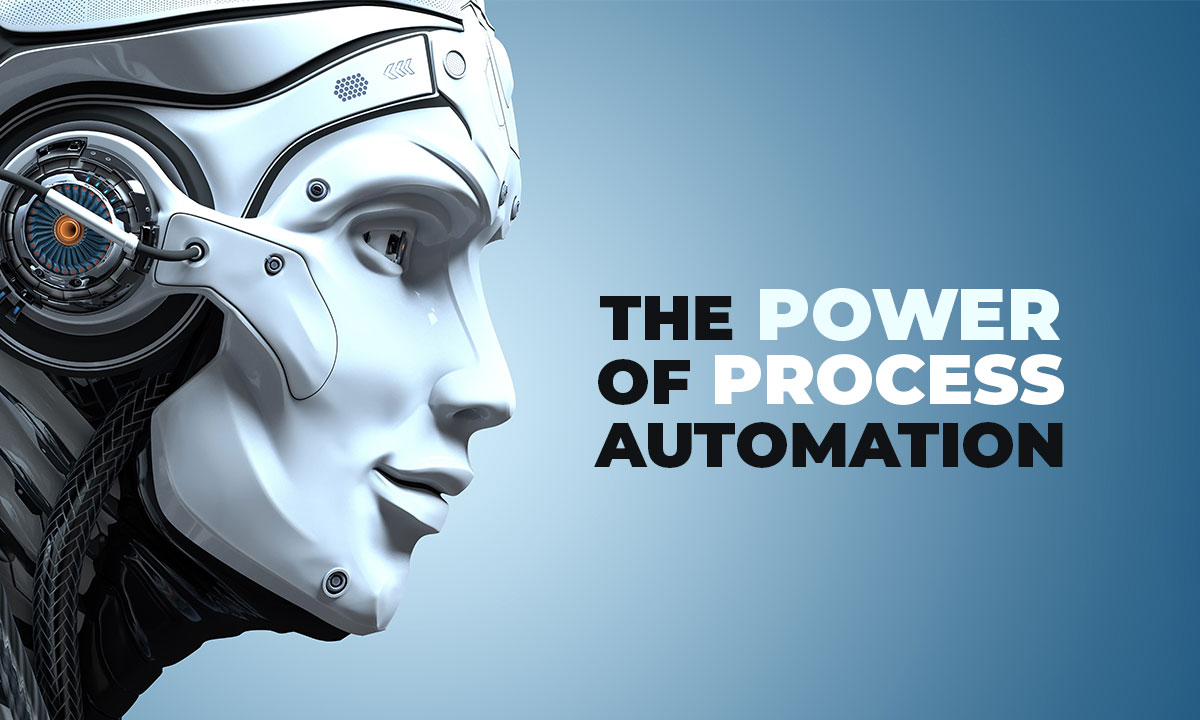In today's fast-paced industrial landscape, staying competitive requires more than just efficient operations—it demands agility, innovation, and the ability to adapt to evolving market demands. This is where process automation emerges as a game-changer, empowering businesses to streamline workflows, enhance productivity, and unlock new levels of efficiency. In this article, we explore the transformative impact of process automation and its significance in driving industrial success.
Understanding Process Automation
Process automation involves using technology to execute tasks, activities, or entire workflows without manual intervention. Here are some key aspects:
Types of Automation:
- Robotic Process Automation (RPA): RPA leverages software robots (bots) to mimic human actions within digital systems. It handles rule-based, repetitive tasks such as data entry, form filling, and file movement.
- Business Process Automation (BPA): BPA encompasses end-to-end process optimization. It integrates people, systems, and data to streamline complex workflows, reducing errors and cycle times.
- IT Automation: Focused on managing IT infrastructure, IT automation automates tasks like server provisioning, software deployment, and network configuration.
Benefits of Process Automation:
- Efficiency: Automation accelerates processes, minimizing delays and manual errors.
- Cost Savings: Reduced labor costs, faster turnaround, and optimized resource utilization lead to significant savings.
- Accuracy: Bots follow predefined rules consistently, ensuring data accuracy.
- Scalability: Automation scales effortlessly to handle increased workloads.
The Rise of Process Automation
Process automation involves the use of technology to automate repetitive tasks, workflows, and processes within an organization. By leveraging a combination of hardware, software, and advanced algorithms, businesses can automate manual tasks, optimize resource utilization, and improve decision-making processes. From manufacturing and logistics to healthcare and finance, process automation is reshaping industries across the globe.
Key Benefits and Advantages
- Increased Efficiency: Automation eliminates the need for manual intervention in routine tasks, leading to faster cycle times, reduced errors, and improved overall efficiency. By automating processes such as data entry, inventory management, and quality control, businesses can optimize resource allocation and focus on value-added activities.
- Cost Reduction: Automating repetitive tasks not only saves time but also reduces labor costs and operational expenses. With fewer errors and delays, businesses can minimize waste, lower production costs, and improve profit margins. Additionally, automation enables economies of scale by allowing for high-volume production with minimal human intervention.
- Enhanced Accuracy and Quality: Human errors are inevitable, but automation offers a solution by ensuring consistent and precise execution of tasks. By standardizing processes and enforcing predefined rules and parameters, automation minimizes variability and improves the quality of outputs, leading to higher customer satisfaction and loyalty.
- Scalability and Flexibility: As businesses grow and evolve, scalability becomes a critical factor in maintaining competitiveness. Automation provides the scalability needed to handle increasing workloads and fluctuations in demand without sacrificing efficiency or quality. Moreover, automated systems are inherently flexible, allowing for quick adjustments and reconfigurations to adapt to changing requirements.
Applications Across Industries
- Manufacturing: In the manufacturing sector, process automation is synonymous with increased productivity, reduced lead times, and improved product quality. Automated assembly lines, robotic systems, and CNC machines enable mass production of goods with precision and consistency, driving operational excellence and competitiveness.
- Supply Chain and Logistics: From warehouse management to transportation and distribution, automation plays a crucial role in optimizing supply chain operations. Automated order processing, inventory tracking, and route optimization streamline logistics workflows, reduce transit times, and minimize costs, ultimately enhancing customer satisfaction and loyalty.
- Healthcare: In healthcare, process automation improves patient care, operational efficiency, and regulatory compliance. Automated appointment scheduling, electronic health records (EHR) management, and medication dispensing systems streamline administrative tasks, allowing healthcare professionals to focus more on patient care and outcomes.
Future Trends and Innovations
- Artificial Intelligence (AI) and Machine Learning: AI-powered automation systems can analyze vast amounts of data, learn from past experiences, and make intelligent decisions autonomously. From predictive maintenance and anomaly detection to personalized recommendations and process optimization, AI is driving the next wave of innovation in process automation.
- Robotics and Autonomous Systems: Robotics and autonomous systems are revolutionizing industries by automating tasks traditionally performed by humans. From self-driving vehicles and drones to collaborative robots (cobots) that work alongside human workers, robotics is reshaping the future of work and productivity.
- Digital Twins and Simulation: Digital twin technology creates virtual replicas of physical assets or processes, allowing businesses to simulate, analyze, and optimize operations in a virtual environment. By leveraging digital twins, organizations can identify inefficiencies, test scenarios, and improve decision-making before implementing changes in the real world.
Robotic Process Automation (RPA)
RPA, often referred to as “software robotics,” deserves special attention:
- How RPA Works:
- RPA bots combine APIs and user interface (UI) interactions to perform tasks across different software systems.
- They emulate human processes, executing activities autonomously.
- RPA frees up human resources by handling high-volume, repetitive tasks.
- RPA vs. Artificial Intelligence (AI):
- RPA is process-driven, while AI is data-driven.
- AI uses machine learning to recognize patterns and learn over time, whereas RPA follows predefined rules.
- Together, RPA and AI create a powerful synergy, automating tasks and enabling faster decision-making1.
Best Practices for Successful Process Automation
- Assessment and Planning:
- Identify processes suitable for automation.
- Evaluate existing workflows and pain points.
- Set clear goals and define success metrics.
- Choose the Right Tools:
- Select RPA platforms or BPA solutions based on your organization’s needs.
- Consider scalability, security, and ease of integration.
- Collaborate Across Teams:
- Involve business analysts, IT, and process owners.
- Align automation initiatives with strategic objectives.
- Start Small, Scale Gradually:
- Begin with pilot projects to validate the approach.
- Gradually expand automation to other processes.
- Continuous Improvement:
- Monitor performance and gather feedback.
- Optimize processes based on insights.
Conclusion
Process automation is not just a technological advancement; it's a strategic imperative for businesses looking to thrive in today's hyper-competitive market. By embracing automation, organizations can unlock new levels of efficiency, agility, and innovation, positioning themselves for success in the digital age. From manufacturing and logistics to healthcare and beyond, the transformative power of process automation is reshaping industries and driving the future of work.

























